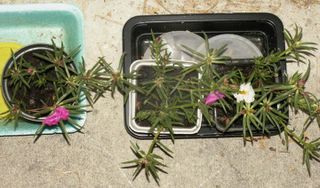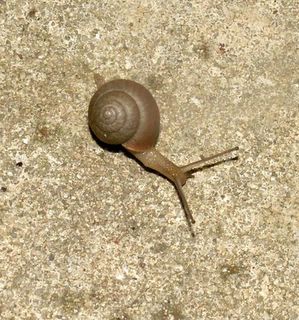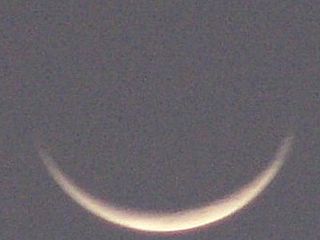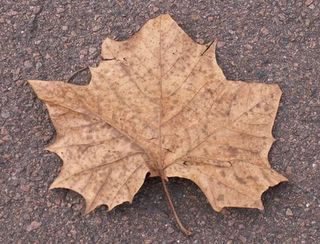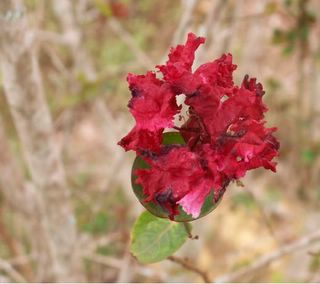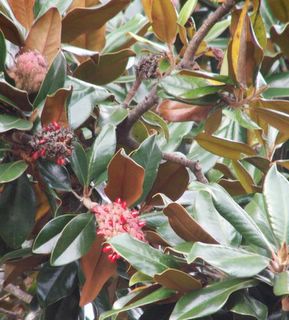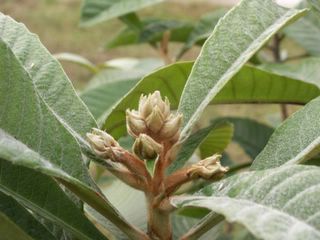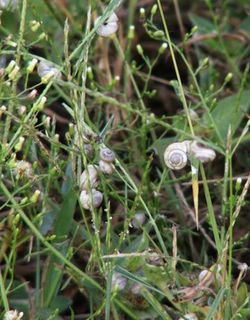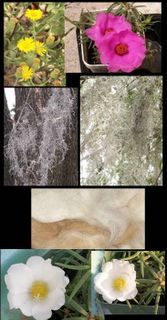Late afternoon palm
Being a "stick-in-the-mud" because the mud continues to fascinate....
Grow up in one big city (Brooklyn), live for 20 years in another (Boston metro), then move to rural Florida. Our decision almost 3 years ago led some folks to ask, "You're moving where?!"
(I think this area is still called "rural". It's developing fast; I'm enjoying the wild pockets while I can.)
In the summer of 1977, a friend and I worked in Manhattan during the week. Every Friday night we met for dinner and a Broadway show, in the days when a back-row seat cost $6-8 a ticket. We lived a block from each other and getting back home was a subway ride away.
After I moved to Boston I had season tickets to the American Repertory Theater, the Boston Symphony Orchestra, the Wang Center dance series. I frequented the Brattle Theater art house. Big names: Vladimir Horowitz, Jean-Pierre Rampal, Yo-Yo Ma, Alvin Ailey. Before rents shot up and overtime became unpaid.
I was lucky enough to enjoy a fabulous immersion in culture and the thrills that come of urban life. No wonder some were surprised at a move that places us a two-hour drive from Tampa -- which, except for once driving Mary to the airport, we haven't yet visited. We have gone to Orlando -- to drive through it, on our way to a poetry convention in Melbourne.
What folks didn't know was the number of journal entries I wrote as an adolescent, praising the moon and twilight seen out of subway windows on elevated tracks. The mantis who was a childhood friend. The thrill of fireflies before they disappeared from Brooklyn, and the thrill revisited when Mary and I found dozens of them one dusk along the Minuteman Bikeway in eastern Massachusetts. As a teenager I tried my best to capture the moon, sunsets, and my neighbor's roses with my Kodak Instamatic. Following a childhood friend's lead I had tasted sweet nectar from the Rose of Sharon flowers in our back yard.
I had grown up a couch potato but Mary had grown up hiking; she is my mentor in planetary stewardship. Our first long walk together came on Christmas Day ten years ago, in calf-deep snow along the banks of the Charles River. Since then our urban hikes have combined nature-watching (including a great blue heron standing calmly on red brick outside the Alewife subway station in Cambridge) and what Mary calls "beautification" -- clearing the streets of tossed cans, dropped wheel weights, dead batteries, etc.
Littering occurs here, too, though to a far lesser extent. Still, when I take my aerobic walks, I often circle back to where Mary is as she stoops to fill one of several plastic bags she carries in her fanny pack.
We'd started collecting field guides while still in Boston. I had purchased my first -- the Audubon Society Field Guide to Insects and Spiders -- back in the 80s, almost a decade before Mary and I met. The second was Eastern Birds, volume 1 in the series of Peterson Field Guides -- because I had attached a suction-cup bird feeder to my office window and kept e-mailing one of my coworkers with bird descriptions, asking, "What is this?" I'm sure he didn't mind telling me, but I finally asked him to recommend a reference book.
This pond a few blocks from the post office had dried up a couple of weeks ago but recent rains have refilled it. I think this might be a fulvous whistling duck. Hard to tell from what's visible (and it wasn't whistling at us), but this one seems to have the telltale white on its rump.
Since then we've added field guides for western birds, wildflowers, edible plants, eastern and western forests, Florida, the Southeast, perennials, and others I don't recall offhand. Usually they give us the information we need, but not always.
I'm still trying to identify this moth, whose wingspan I estimate at less than an inch. It isn't in any of my field guides, but was perched on the wall just outside my back door. The closest I've come so far is a photo of the orange-spotted tiger moth, family Arctiidae, taken in Australia.
Postscript: I wasn't even in the right family! Thanks go to Bob Patterson and Hannah Nendick-Mason at Bugguide.Net for identifying this as Syngamia florella (no common name). Patterson adds that it's "a common moth in Florida, family Pyralidae."
Except for a few meetings, we haven't left the county. And we've barely seen the county. In many respects we are still in the "settling in" process that involves everything one might expect from taking over a 25-year-old house.
Truth be told, I'm still continually fascinated by our immediate environment. A two-mile walk to the post office and back yields incredible riches. The photos here were all taken on the same day, during the same walk (somewhere between two and three miles), and represent about a fifth of what my camera caught overall.
Heron
One of a gang of squirrels careening through a stand of trees.
A male red-bellied woodpecker. Before I got a good look at the shot I thought I'd photographed a downy or hairy woodpecker, which have similar "zebra" markings but only a red patch on their heads. This species has an entire red head, and this bird was one among several in the tree. They were a loud and active bunch.
Often when we walk we scrutinize other people's houses because we're still learning how to live in what for us is a new climate. Who has gutters? Who doesn't? How close is that tree to the building? What kind of hurricane shutters are up? Is that conduit capped? Sometimes we just engage folks in conversation.
Above and below: Seen at other people's homes
Eventually we'll venture further afield. We'll actually become tourists, though I won't say when. (Although I grew up in Brooklyn, I didn't tour the Statue of Liberty until Mary and I visited New York in 1996.) For now, I'm still being a tourist in my own back yard.
Literally.
A late-afternoon pine a couple of blocks from home.
A neighborhood palm tree catches late afternoon light. This is the same tree as the one up top



